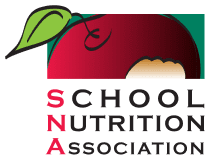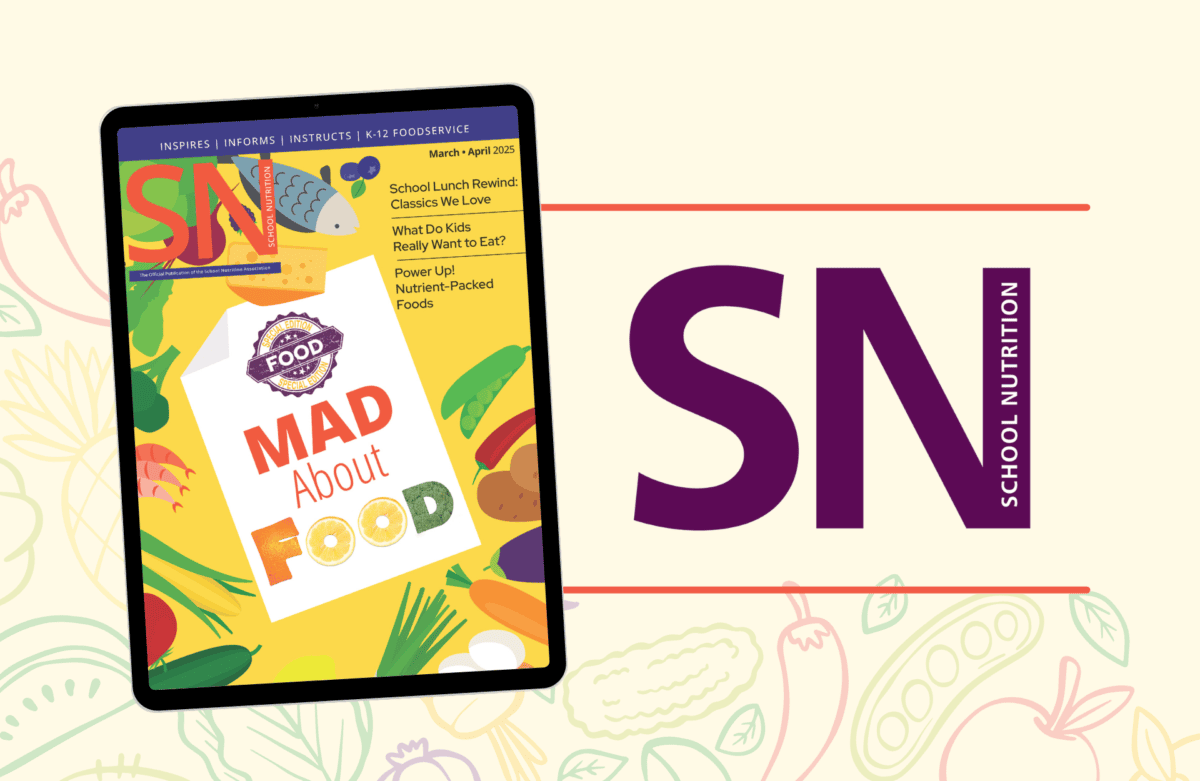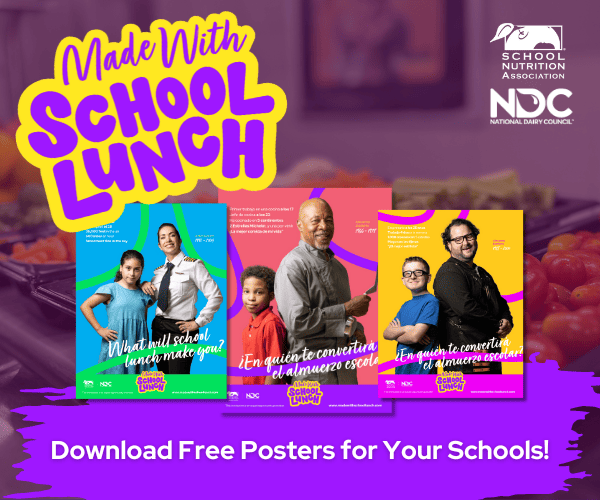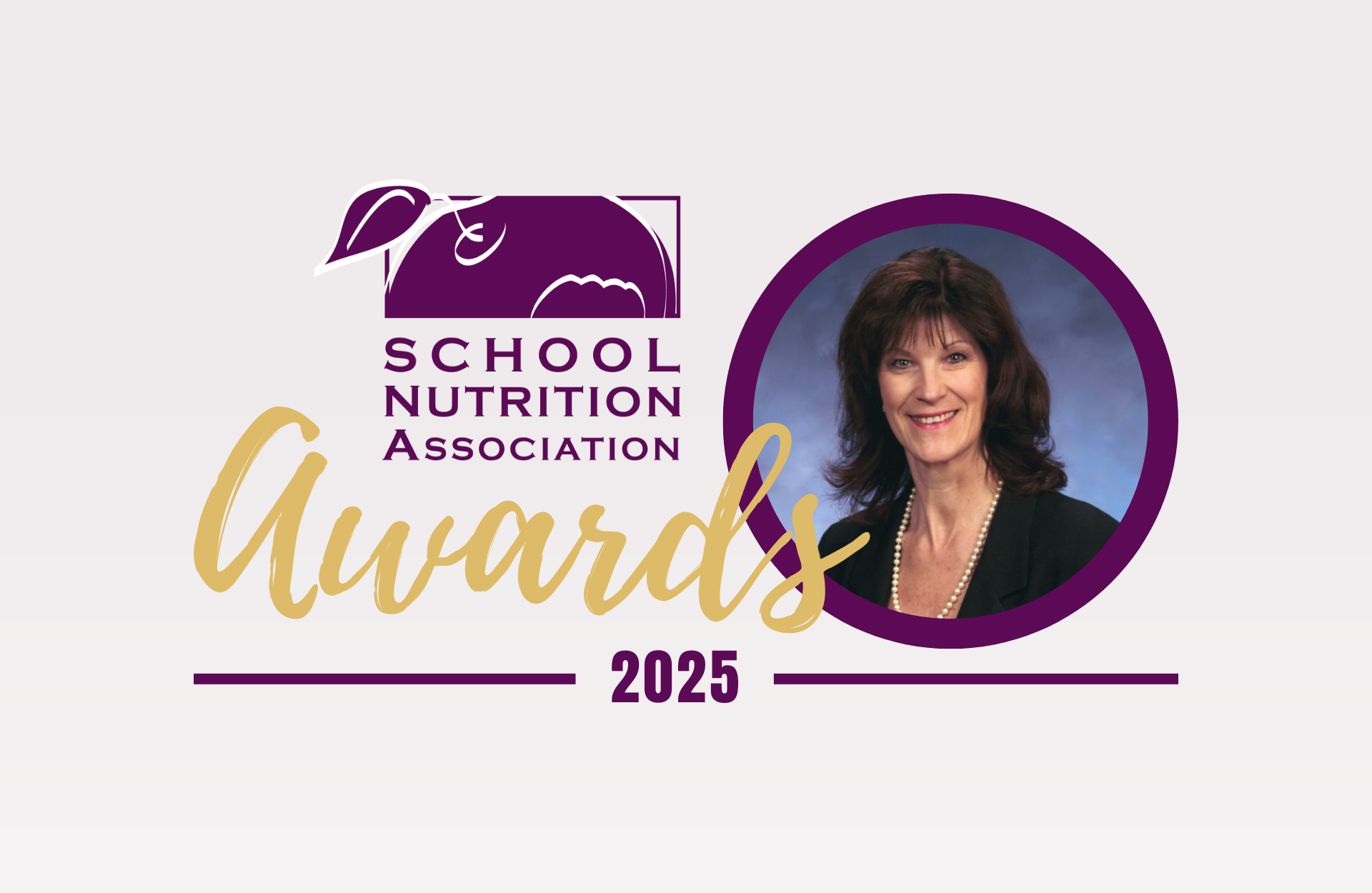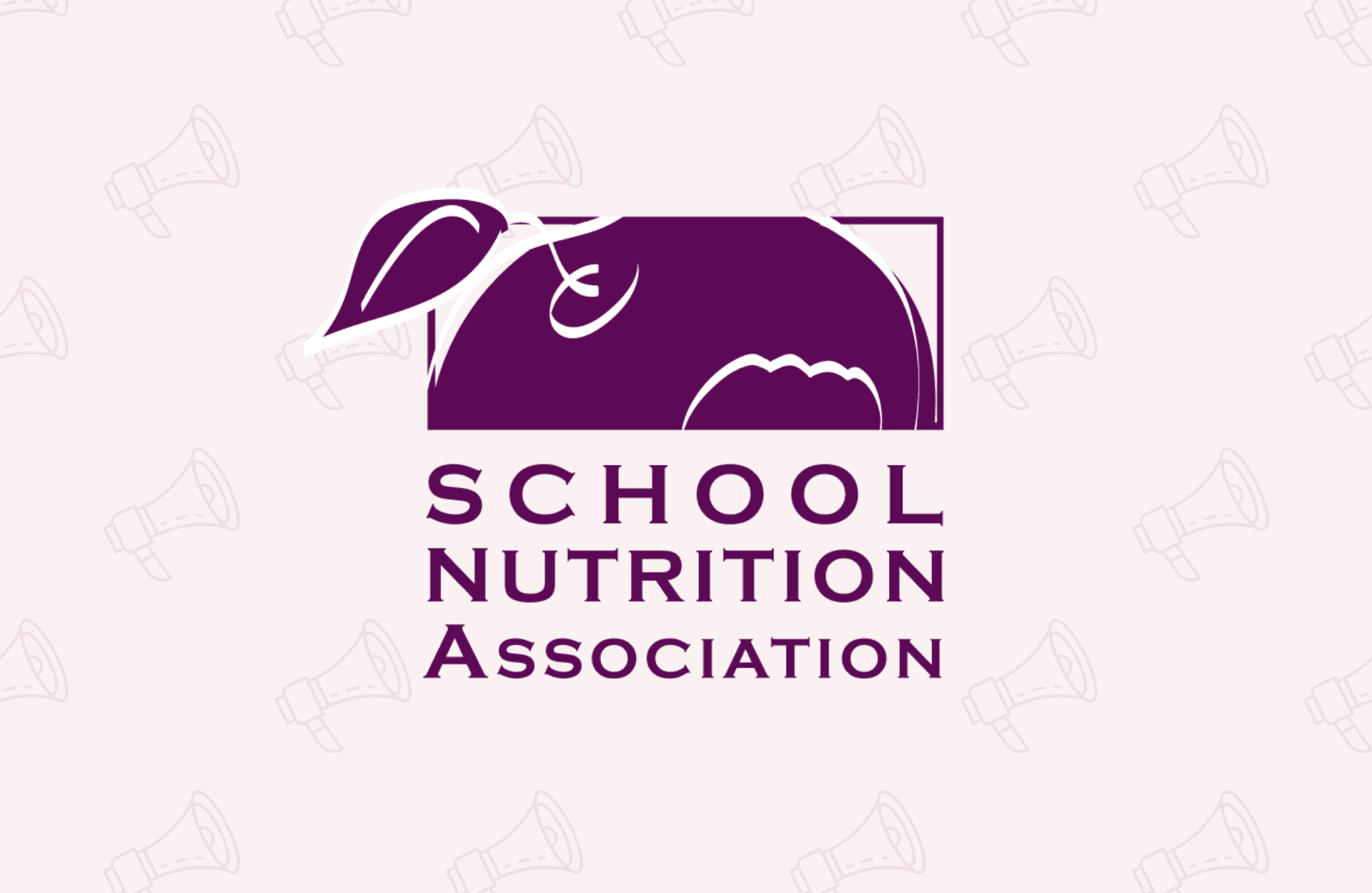Food—sure, it’s a way to fuel and nourish our bodies, but it’s about so much more. Especially in a school setting! Food is about helping students feel excited about being part of your school community, it’s about sharing cultures (and celebrating inclusion) and it’s about expanding horizons by learning to try new things.
In this year’s annual food issue of School Nutrition, we’re looking at everything from cafeteria classics to student-driven menus to the integration of diverse cuisine, all to create a clear picture of how school meals create community. They meet social needs, honor traditions and (of course!) taste great. That’s a lot of meaning to pack onto a single lunch tray! This issue of School Nutrition gives you a better understanding of how significant school lunch is and how you can welcome more students in with that sense of significance. You’ll find all this valuable insight in our March/April issue highlighting these topics:
A Journey Through Cafeteria Classics: From generation to generation, there are a few menu items that have stayed tried and true in the world of school lunch. Learn how social, economic and agricultural influences have shaped what ends up being served in cafeterias, and how contemporary foodservice programs might be reinterpreting some of these favorites—such as pizza or chicken nuggets—in a way that’s more nutritionally sound while still holding onto their appeal (and their cultural significance).
Student-Driven Menus: You know who can be a huge help when it comes to menu planning? Your students! By engaging students through food festivals, taste tests and surveys, your program can create menus that better reflect their preferences, which increases both their satisfaction and participation. Hear from nutrition directors across various districts who share successful strategies that have helped them collaborate with students on menus that foster a more inclusive and engaging school dining experience.
Packing a Nutritional Punch: You’ve probably heard about “superfoods” before, and even though this is more of a marketing term than a scientific classification, these highly nutrient-dense ingredients are great choices for maximizing nutritional intake without making menu planning any more complicated that it needs to be. Familiar items like blueberries, salmon, quinoa, kale, chia seeds and acai berries are rich in vitamins and minerals while offering plenty of versatility.
Food Focus: Bringing Hispanic Cuisine to the Cafeteria: Diverse menus promote inclusion and encourage greater participation, all while opening up your entire student body to new flavors and ingredients they may or may not have tried before. Culturally relevant Hispanic dishes like tacos, empanadas and beans (along with some less familiar ones) can help your Hispanic students feel recognized while serving as an education tool for others.
Click here to read School Nutrition’s March/April 2025 issue to discover all of these articles, and more!
Related Articles

SNA Recognizes Recipients of National Employee, Manager and Director Awards
Read More
